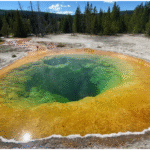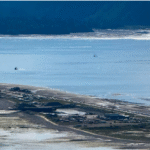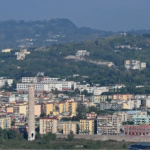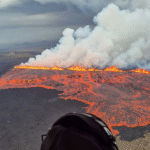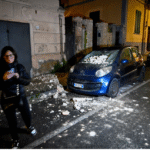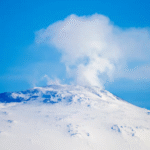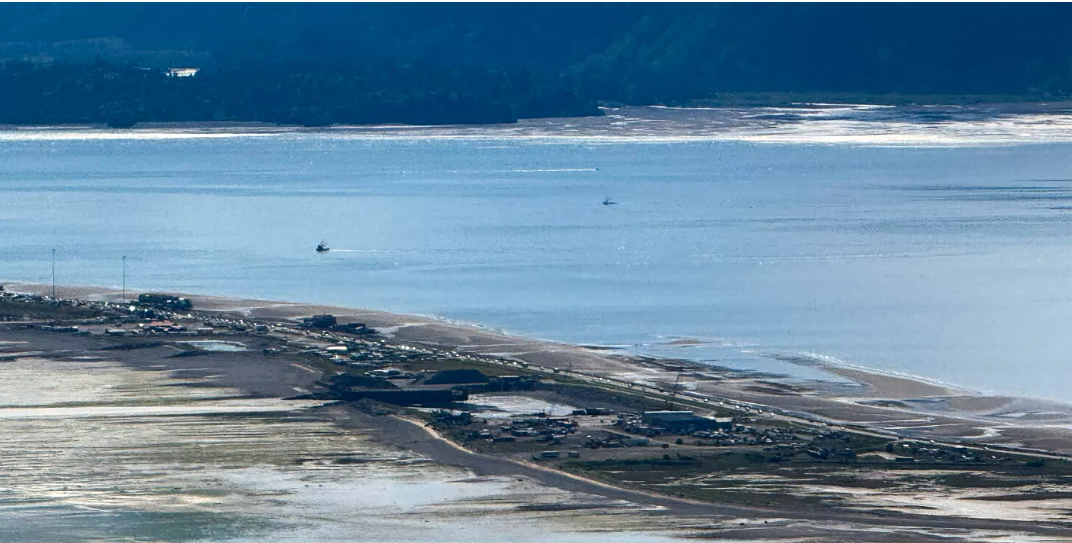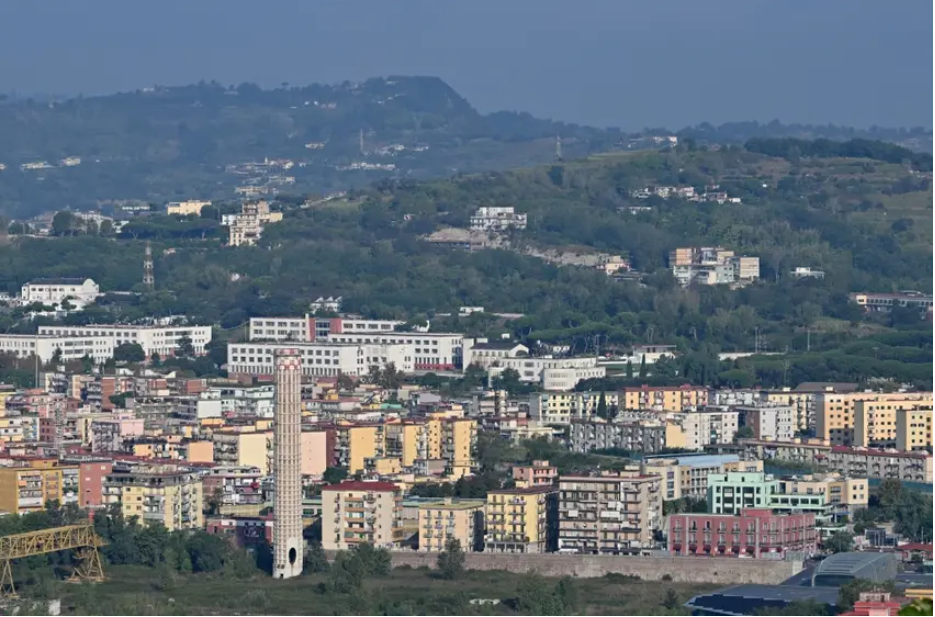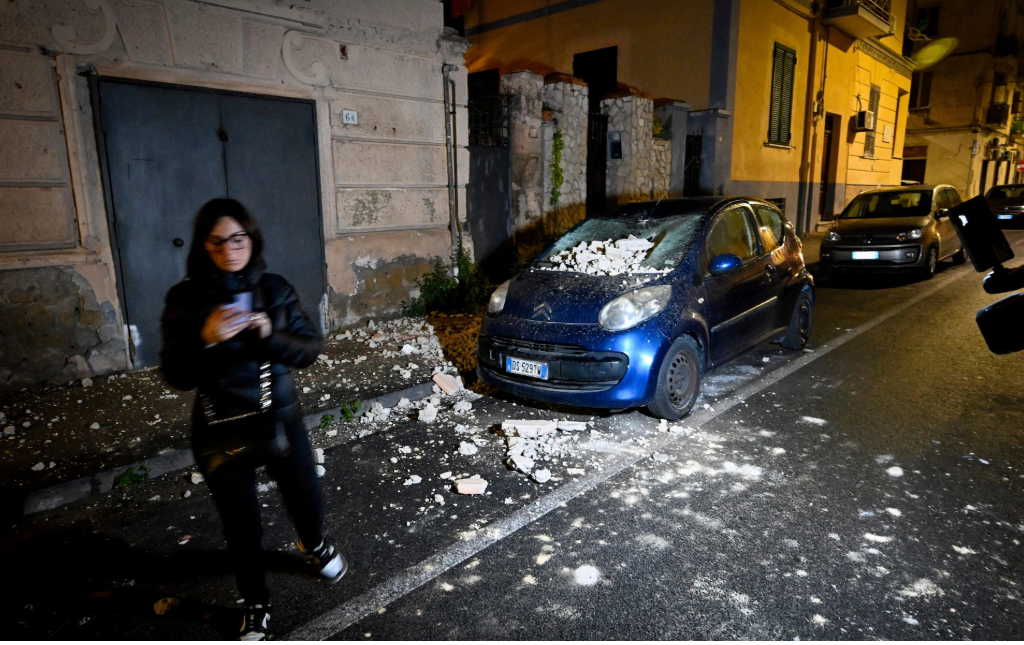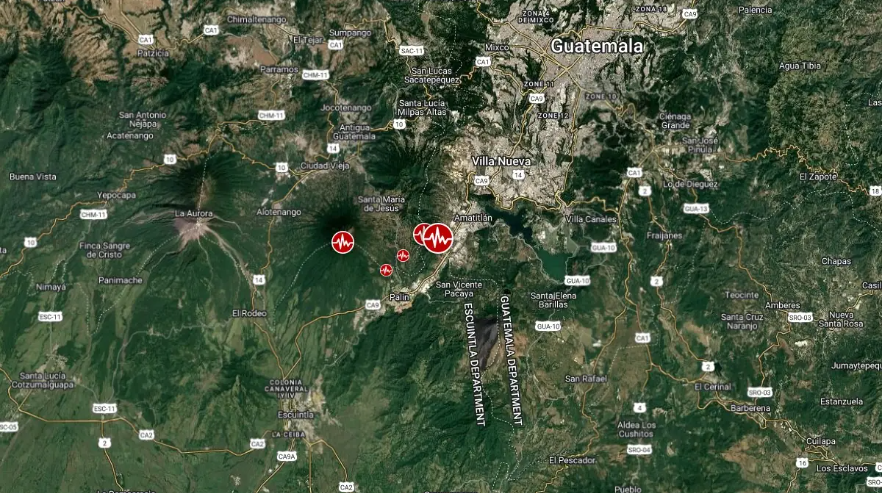When the Ground Roared
On June 30, 2025, southern Italy’s Campi Flegrei area shuddered during lunchtime. At 12:47 local time (10:47 UTC), a 4.6-magnitude earthquake – the strongest tremor here in 40 years – struck near Bacoli area at a depth of 4 km (2.5 miles). I’ve monitored this volatile region for decades, but watching seismic swarm data spike that afternoon felt unnerving. The National Institute of Geophysics and Volcanology (INGV) confirmed this strongest quake surpassed recent M4.4 quakes from March 13 and May 13, capping a swarm of 7 seismic events. Within seconds, tremors distinctly felt across Naples sent residents fleeing. Scores of people evacuated buildings, flooding streets in affected areas like Fuorigrotta district and Agnano, west of Naples. One local told La Repubblica: “It was terrible, strong, and long… like the shock came from under my house.”
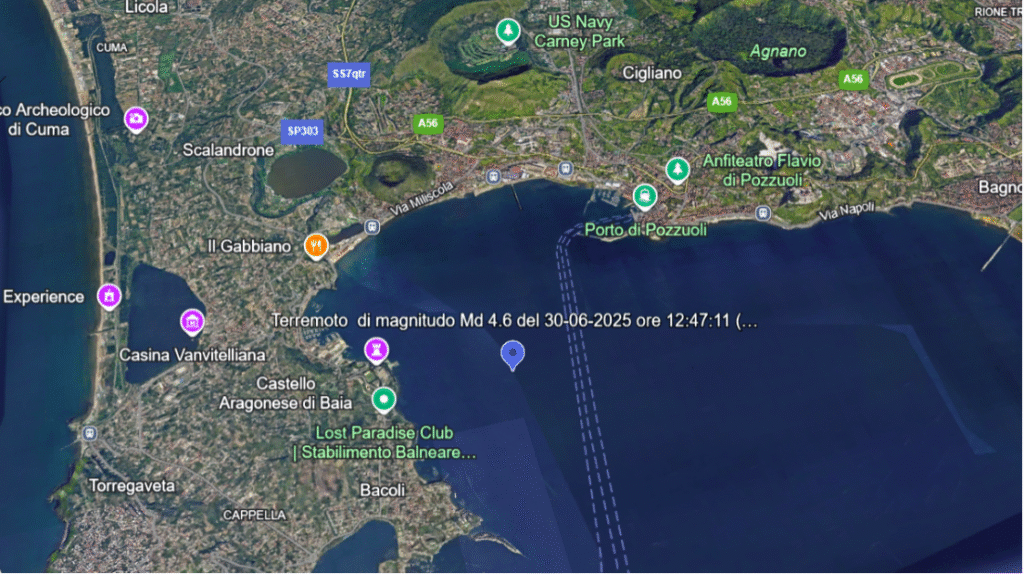
Chaos and Calm in the Aftermath
Panic triggered immediate action: multiple schools (including Righi Institute) activated swarm protocol, while the mayor of Pozzuoli, Luigi Manzon, coordinated real time tracking. He announced suspend teaching activities for private schools and summer camps pending RSPP certification. Though first checks by officers on the ground revealed no damage to local infrastructure, caution prevailed. Train services faced widespread traffic disruptions – Trenitalia warned of cancellations or delays of up to 120 minutes for high-speed, intercity, and regional services. Italian Civil Protection Agency echoed concerns on social media platform X, noting no immediate reports of injuries but confirming evacuations. Meanwhile, a video showed Punta Pennata’s ridge crumbling: a large piece of rock broke off the tiny island and plummeted into the sea. Bacoli’s mayor banned access to cliffs, urging authorities to secure the coast after numerous boats were seen sheltering in extraordinary waters.
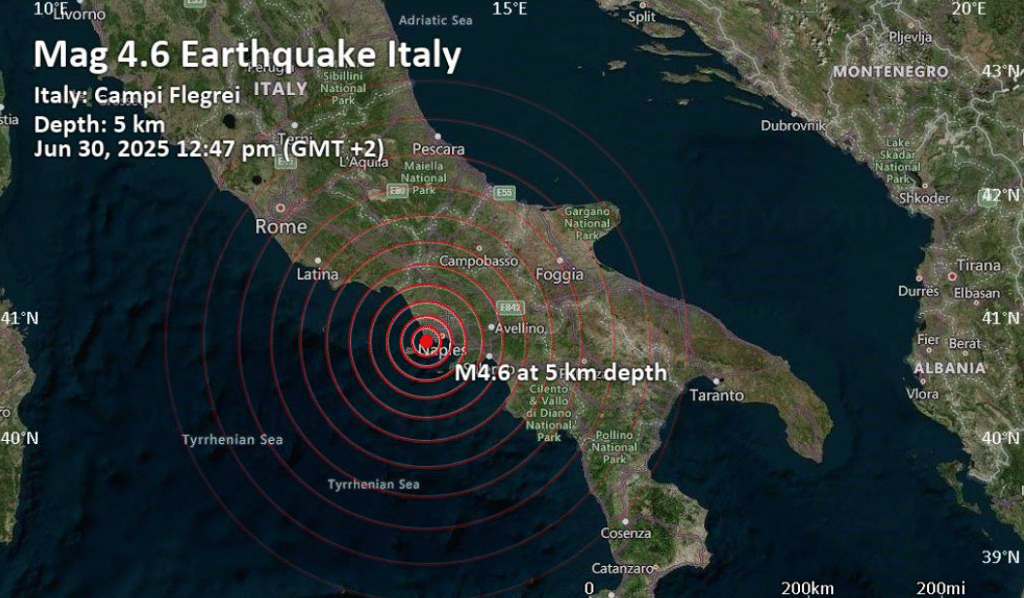
Credit volcanodiscovery.com/
The Restless Caldera’s Hidden Fury
Below this densely populated area – home to 500,000 people in the caldera’s immediate vicinity – lies one of Europe’s most hazardous volcanic systems. The Campi Flegrei caldera is a basin-like depression formed when a volcano collapses after a major eruption (last recorded in 1538). Recent months saw increased seismic activity, tied to bradyseism: slow vertical movement of the Earth’s surface from underground magma and hot gases. This vertical ground displacement isn’t new; notable episodes in the 1970s and 1980s caused ground uplift and temporary evacuation of thousands. While fears of an imminent volcanic eruption spiked, Italian scientists deem it unlikely in the near future. Scientific work suggests managing groundwater extraction could reduce reservoir pressure and limit seismic activity. Still, with seismic unrest showing marked increase in frequency and intensity, civil protection authorities treat this as a major concern. As ash clouds from past millennia whisper through local folklore, the community remains worried but resilient.
